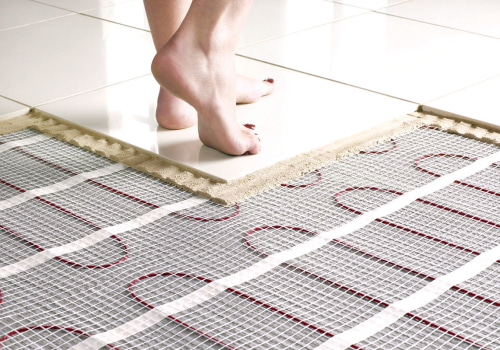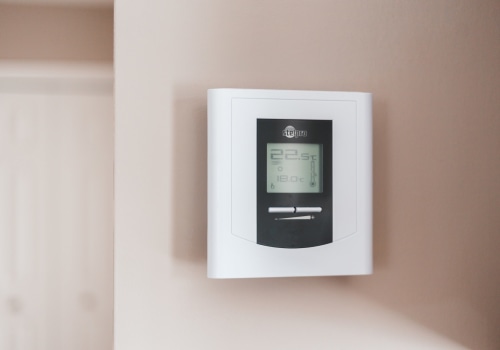Underfloor heating covers a large area, uses lower water temperatures than a radiator and is more efficient, up to 40% more efficient when combined with a heat pump than radiators.
Underfloor heating provides radiant
heat, which reduces the movement of dust around the room to a minimum. On the other hand, radiators use convection to circulate heat around the room, often moving dust particles at the same time. Minimizing the movement of dust and allergens around your home can be a major benefit if you have allergies or asthma.Ultimately, radiators may appear as the cost-effective option, while underfloor heating is rather an improvement. Whichever system you choose, make sure you opt for an appropriate design to optimize efficiency for convenience and cost. In terms of environmental impact, underfloor heating has a number of benefits. Basically, they all boil down to one basic point: underfloor heating requires less energy to operate.
The average underfloor heating system will use 15-40% less energy than conventional radiators; it requires a much lower flow temperature to heat a room due to its size and dimensions. Central heating with radiators was introduced in the 1930s and has since been used as the standard heating system for homes in the United States, remaining more or less unchanged for the past 8 decades. Radiators were introduced as a luxury in the 30s, but they are prone to overheating, which makes a heating system much less efficient. Whether you are self-building, renovating or expanding, selecting the right heating system is an important decision.
So how to choose between these two heating devices? What are the features and benefits? Here you can find out. The cost of underfloor heating in a renovation is usually higher, because more materials are needed. If you've started researching the options available to you, you're probably trying to choose between conventional radiators or underfloor heating. As the name suggests, heat must radiate from the heat source, which means that rooms without well-designed heating can end up having hot and cold areas.
But how much better is it exactly? And do you pay for energy savings in other ways? Choosing the right form of heating for your home or work environment is a difficult decision, and you will have to live with it for years. While radiators give off instant heat before heating the room, wet underfloor heating takes a little time to start up. Underfloor heating also benefits from its position; located under the floor, it heats the room from the bottom up and no heat is wasted. If the entire floor of the room is heated, the radiant heat provides a very even distribution of heat, while convection heating initially heats an area and then takes time to circulate to achieve the required comfort levels.
However, since underfloor heating produces the same heat output as radiators at a lower temperature, operating costs are usually much lower. Due to its lower energy requirements, it can work with solar panels in the form of a solar thermal system, or even with heat pumps.











